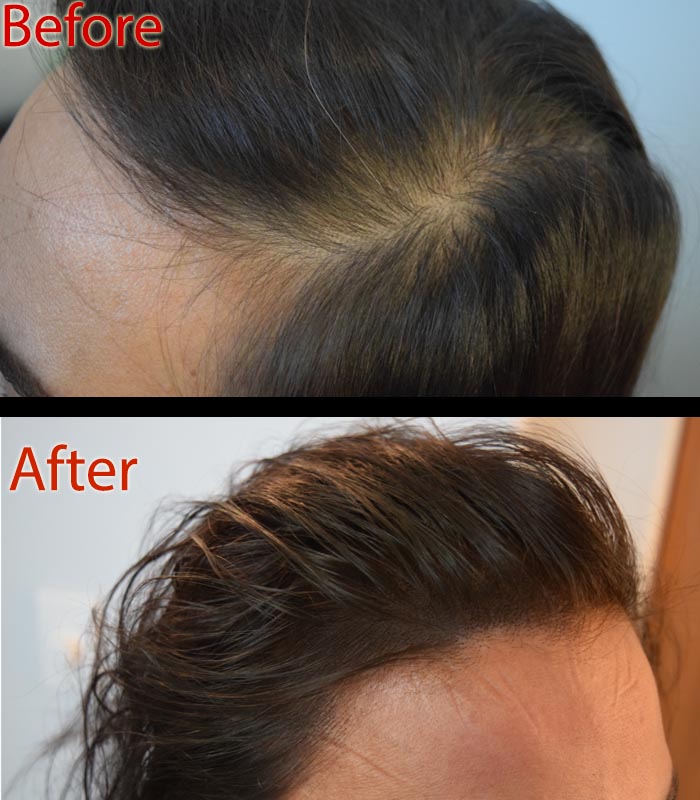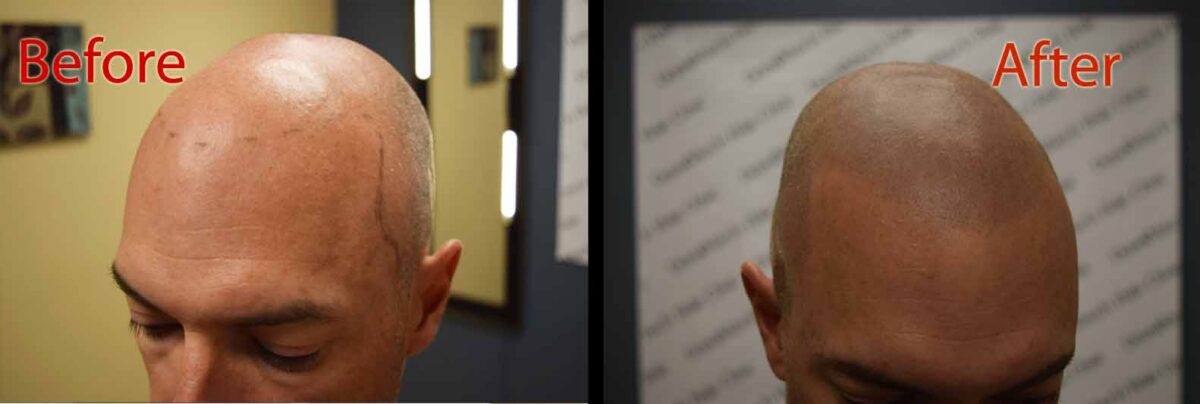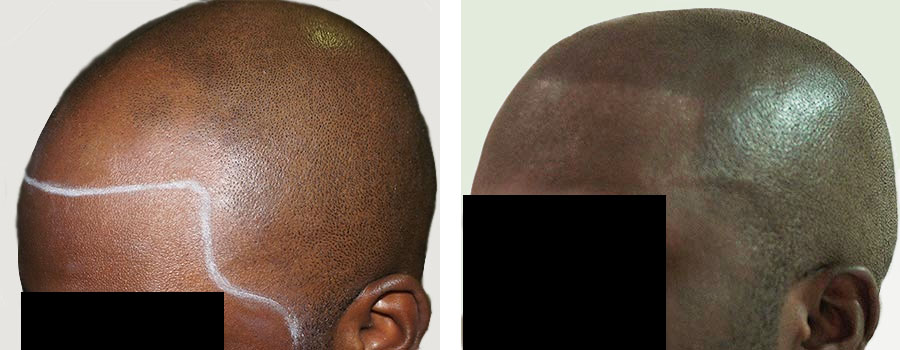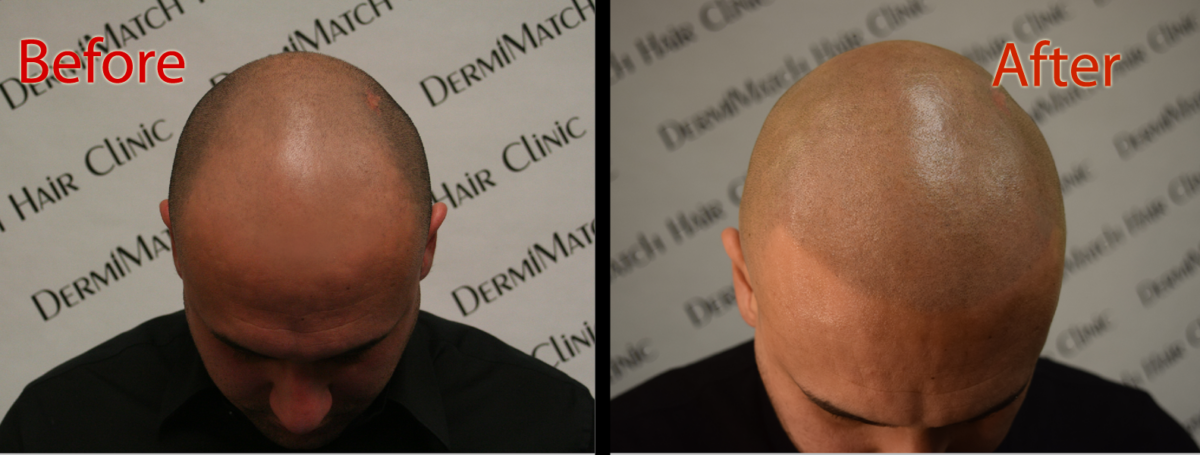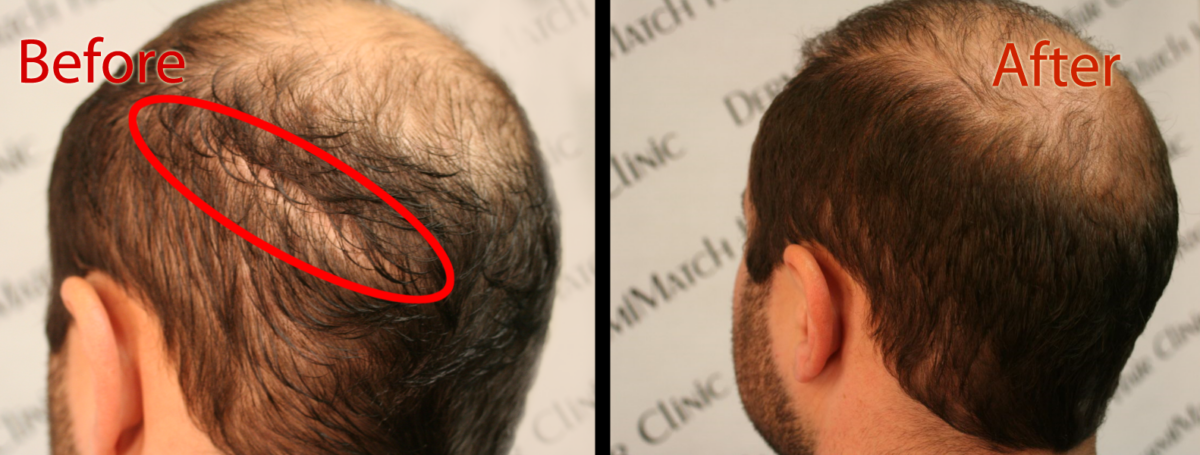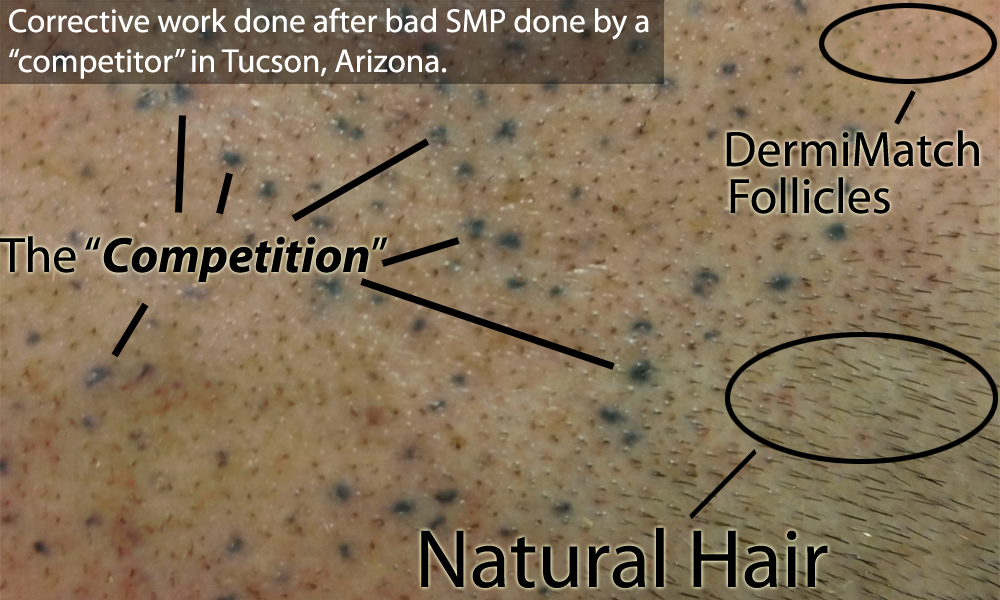Thinning hair in women is as much a common problem as it is in men. While men may go bald with hair thinning, women may not suffer the same fate. But women hair thinning is still a serious problem for them.
Understanding Hair Thinning
There are many causes for hair loss. You may lose hair regularly due to the natural hair growth cycle, which has three main stages.
Anagen or growth phase: What is the anagen growth phase? The stage, as its name suggests, is the hair growth phase.
How long does hair stay in anagen phase? The stage may last two to eight years as there is rapid cell division in the hair bulb and dermal papilla. As a result, new hair grows from the scalp.
Catagen or transitional phase: It is a short phase that lasts 2-3 weeks since it is a transition from growth when the hair is preparing to shed.
Telogen stage: The third hair growth phase when the hair falls off from the follicle. After the hair sheds, the follicle enters the stage of dormancy for three months. This dormancy phase ends when a new hair starts to grow.
What is the difference between telogen and anagen?
Anagen hair is growing. It is stronger, darker, and more pigmented since hair in this growth phase have more melanin. But when hair reach telogen, they become dormant and inactive. Compared with those in anagen phase, telogen hair are weaker and less pigmented.
Anagen are growing hair while telogen are resting or dormant.
How To Prevent Hair Thinning and Hair Loss?
Women dream of healthy, fuller hair. Unfortunately, the health of your hair depends on a range of factors, including hormone levels, genetics, diet, stress levels, and lifestyle. While some factors are not in your control, you can manage some others that can help control hair loss and stimulate hair growth.
Good nutrition
Balanced diet is essential to healthy hair growth. Focus on including more protein in your diet as your hair need protein for growth. Also include iron, Vitamin D & C, folate, and B12 in your diet for healthy growth of hair.
Stress management for women hair thinning
Stress can have a toll on your hair as well. Stress-induced hair loss, also known as telogen effluvium, is a condition when hair falls out quickly from touching, combing, or washing. In the case of women, hair thinning is also blamed on stress. During this phase, hair loss could be extreme. As a result, hair thinning is quick too.
Alopecia areata
Women who have a family history of hair loss may experience it too. The condition is the result of the body’s immune system attacking hair follicles, resulting in hair loss or thinning hair. While you cannot do much about this type of hair loss, try to manage stress and care for your hair.
Hair care
Avoid using harsh chemicals on your hair. Remember, environmental stressors and chemical products can ruin hair growth. Healthy hair care starts with picking the right products for hair growth. This includes shampoo, conditioner, and oil. Besides, hair styling also affects hair growth. Using a lot of tight hair styles can contribute to hair fall. You may also want to avoid using hot water and hair dryers, which makes hair prone to damage.
Where’s the Solution to Women Hair Thinning?
If you believe you’re losing more hair at a faster pace and nothing seems to help, get in touch with top Scottsdale SMP providers. The best scalp artist understands how hair loss affects your self-esteem and confidence. They have the skills and expertise needed to resolve your hair loss problem.
Get help at DermiMatch Clinic in Scottsdale for women hair thinning today!

